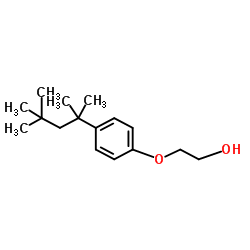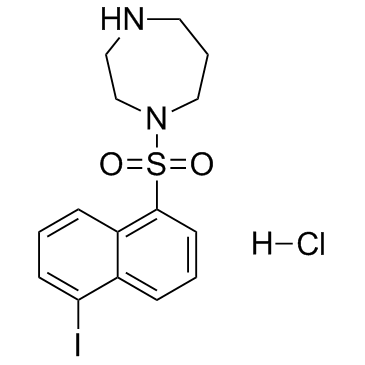| 结构式 | 名称/CAS号 | 全部文献 |
|---|---|---|
 |
4-叔辛基苯酚单氧化物
CAS:2315-67-5 |
|
 |
ML-7盐酸盐
CAS:110448-33-4 |
| 结构式 | 名称/CAS号 | 全部文献 |
|---|---|---|
 |
4-叔辛基苯酚单氧化物
CAS:2315-67-5 |
|
 |
ML-7盐酸盐
CAS:110448-33-4 |